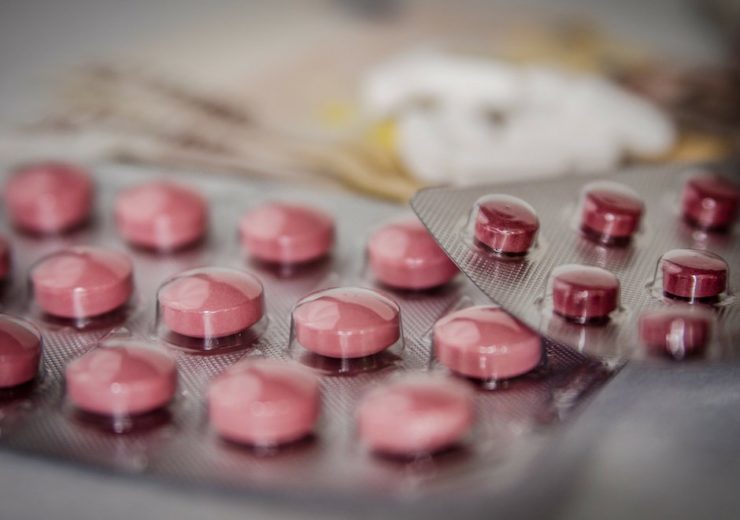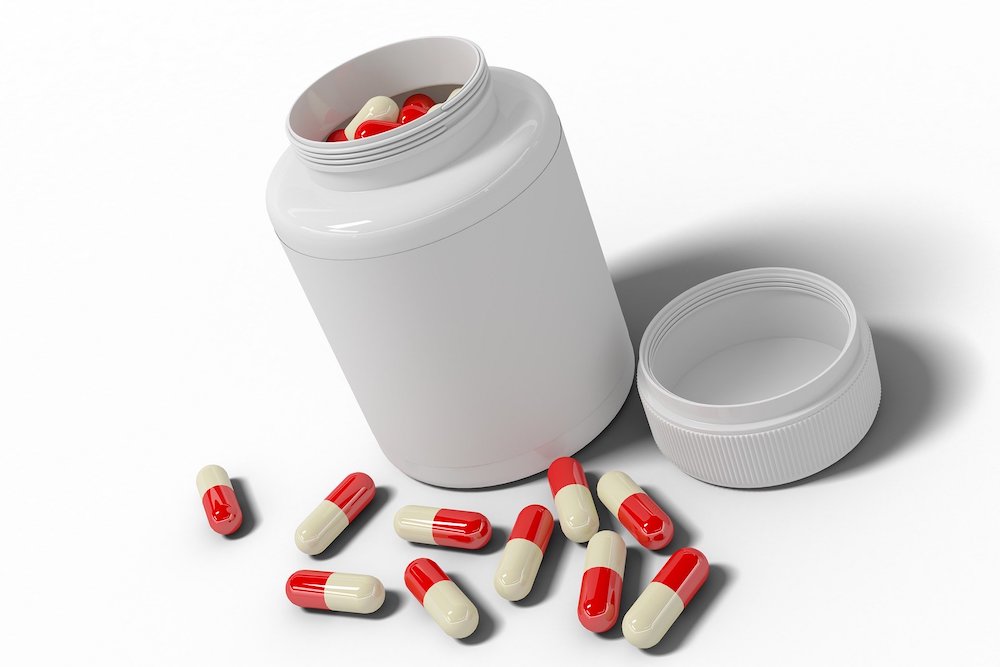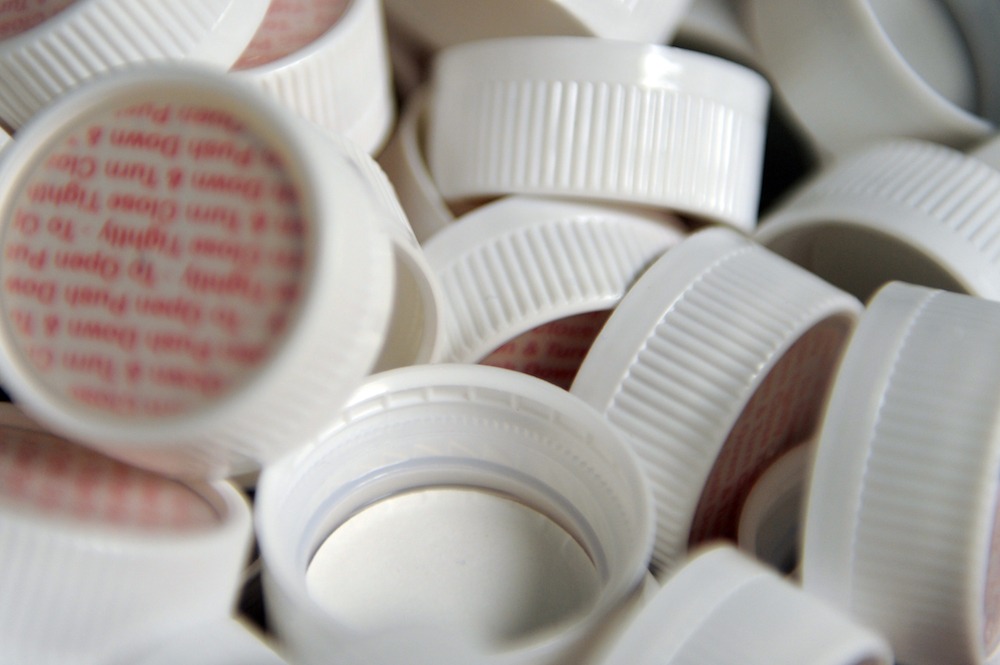There is currently no legal obligation medicinal cannabis manufacturers to have child-resistant packaging, despite posing a serious threat to young children

One form of child-resistant packaging are blister packets, commonly used to package medical tablets (Credit: Pixabay)
For traditional medical device and pharmaceutical manufacturers, making sure their products’ packaging is resistant child-resistant is a critical part of getting it onto the market. For some medicinal cannabis products, however, this is not the case. Origin Pharma Packaging’s global head of marketing Rich Quelch explores how this could be changing.
In recent years there’s been a growing movement, particularly in the western hemisphere, towards the legalisation of marijuana and its derivatives, such as CBD.
Medicinal cannabis products are particularly interesting and fuelling this growing industry, expected to be worth $23.7bn by 2025.
There’s a growing scientific body of evidence highlighting the benefits of cannabis derivatives in treating acute illnesses and ailments such cancer and it’s associated side effects like pain and loss of appetite), epilepsy, liver disease and mental health problems such as depression and chronic anxiety.
However, there are still many countries that prohibit its use and public confusion remains over THC (tetrahydrocannabinol) that causes the “high” in cannabis and the CBD-dominant strains which have little or no THC and are non-addictive.
This is why patients report very little, if any alteration, in consciousness when using cannabis derivatives.
But, while medicinal cannabis isn’t thought to be dangerous, like traditional medicine, cannabis-based treatments can be potentially life-threatening if a child accidentally ingests concentrated doses.
This is where the packaging sector, working with manufacturers, has a growing responsibility and commercial opportunity to create the first line of defence.
Why is child-resistant packaging important?
Child-resistant (CR) packaging is purpose-made packaging utilised to lower the risk of infants and children ingesting harmful medicines.
Packaging requirements from the EU and US standards for child-resistant packaging necessitate over-the-counter medications and products containing chemicals require by law the use of child safety features, and unit dosage packaging (blister packs) are also covered by these regulations.

For packaging to be considered child-resistant, it must comply with the following standard depending on which territory you are in:
- BS EN ISO 8317:2004: The international standard covering re-closable packaging for any contents.
- 16 CFR 1700.20: The American regulation covering re-closable and non-re-closable packaging applicable to both medicines and non-medicines. It has recently been adopted by other countries as a standard.
- BS EN 14375:2003: The European standard covering non-re-closable packaging for medicines.
- BS EN 862:2005: The European standard covering non-re-closable packaging for non-medicines.
But what about medicinal cannabis products?
How are medicinal cannabis products currently regulated?
There is currently no legal obligation for manufacturers of cannabis derivatives to have child-resistant packaging, despite posing a serious threat to young children.
The industry is still in its infancy and this is reflected in the regulatory landscape which varies greatly between countries and in the US, from state to state.
In the UK, the government has set minimum requirements for manufacturers of cannabis-based products that include the following:
- Packaging must declare the active herbal ingredient and ratio of THC or CBD (two natural compounds found in cannabis plants)
- How it should be administered and used safely for maximum benefit; the expiry date in a clear format
- A “keep out of reach and sight of children” instruction.
Under advertising rules, non-licensed lifestyle CBD products like oils and gummies must not make claims around medical benefits on its packaging or marketing collateral.

That’s because CBD is only considered medically beneficial when given in clinical doses.
As you can clearly see, there is no requirement for the packaging to have child-resistant features to stop young children from opening and consuming a product…yet.
But that doesn’t mean manufacturers shouldn’t invest in CR packaging today.
This growing industry has the chance to lead the CR packaging revolution from the front.
Innovations in child-resistant packaging
CR packaging is an exciting area, with designs is becoming smarter every year.
Manufacturers of pharmaceutical cannabinoids and CBD lifestyle products have a lot to gain from tapping into this market, from both a commercial and reputational standpoint.
Traditionally, twist-off caps have been the market leader (and continue to be).
This simple mechanism can easily be opened by adults by applying pressure down while twisting the cap to release it, whereas children lack the dexterity to do so.
However, there’s a growing demand for non-re-closable designs which offer a higher level of protection and provide a longer shelf-life for the product.

Ziplock bags are another popular advancement; a single-entry design that requires mature dexterity to slide a zipper open to access the contents.
The bags can easily be opened and re-secured by adults but provide a barrier to entry to children.
Many designs even include a flap that covers the zipper when the bag is closed, disguising the entry point as an added layer of security.
For pipette-style droppers, which is a popular choice for CBD oil, manufacturers are innovating the design to integrate the two-motion pinch-and-twist cap mechanism in a way that prevents child access without compromising functionality.
It also goes without saying that packaging for cannabis-derivatives should never be designed in a way that appeals to children, such as resembling a toy or packet of sweets.
Take, for example, the hot water vaping companies found themselves in when the Chair of Royal Pharmaceutical Society’s Pharmacy Board accused them of targeting products at children by using cartoon packaging and flavours that resemble fizzy drinks to “hook teenagers into addiction”, calling the products the “vaping products of alcopops”.
What’s next for child-resistant packaging for medicinal cannabis
While parents have an important role to play in keeping any medicines or products containing chemicals out of sight and reach of children at home, the pharmaceutical and CBD industries have a responsibility to invest in packaging that acts as the first line of defence.
In the future, it won’t be those that see adherence as a burden that thrive, but those who see child safety regulations as simply a minimum bar to exceed.
Those who adopt child safety as a genuine part of their ethos and work to raise the bar will reap the benefits of today’s conscious consumers, who continue to demonstrate a value towards ethical responsibility in their purchasing habits.
